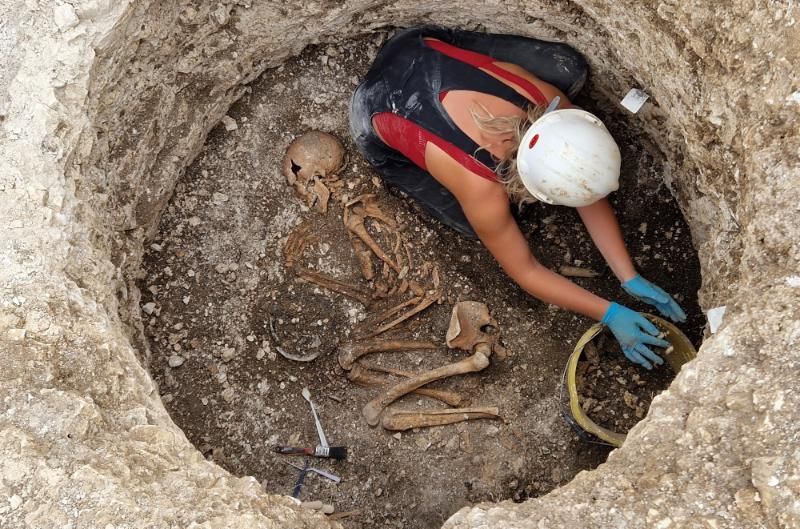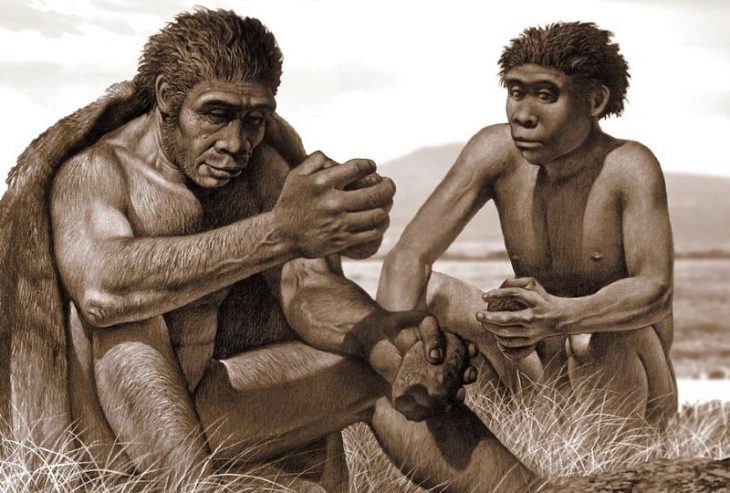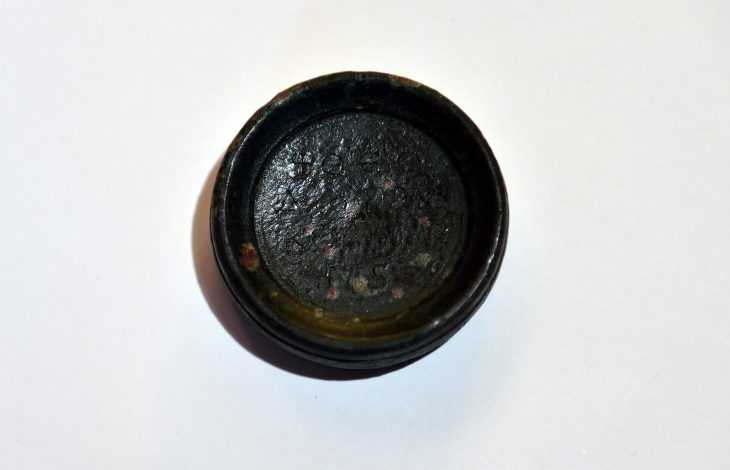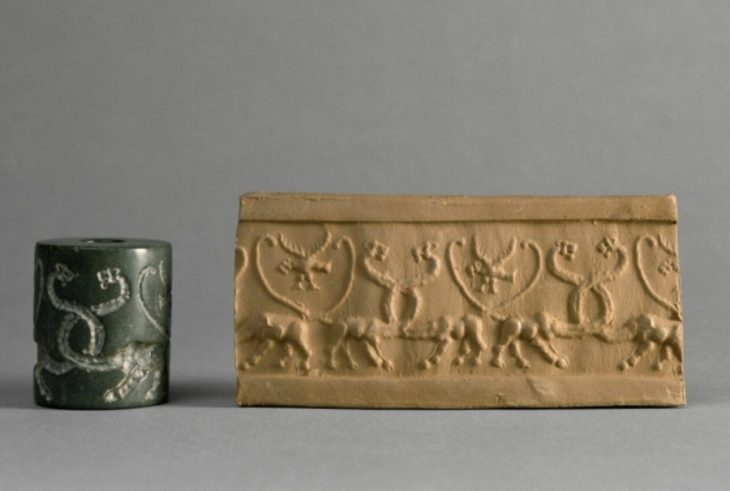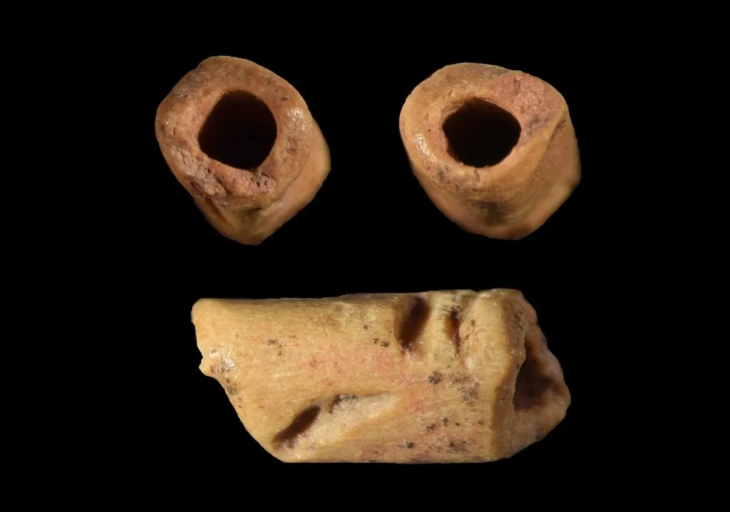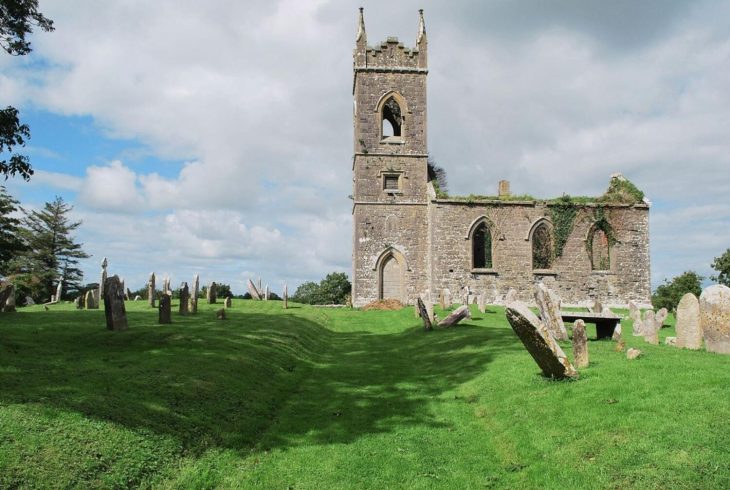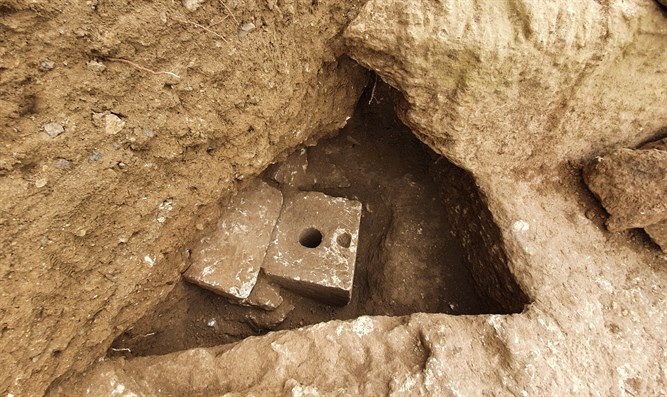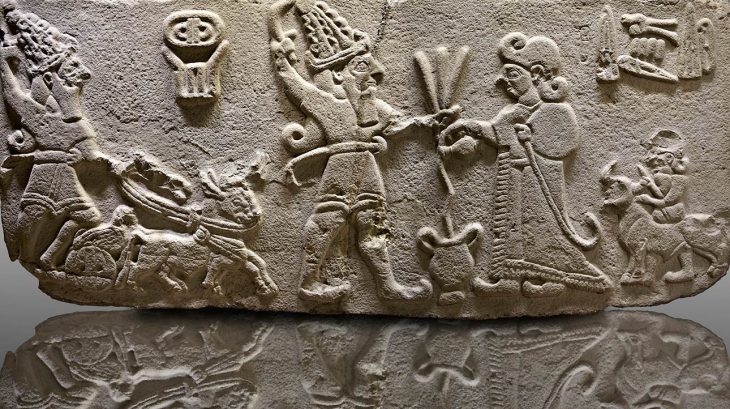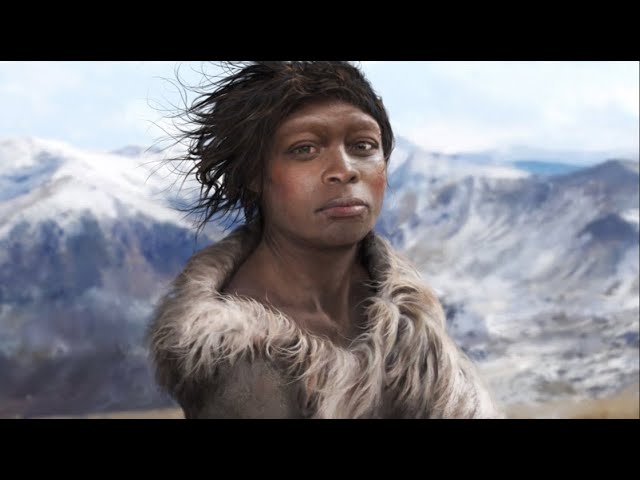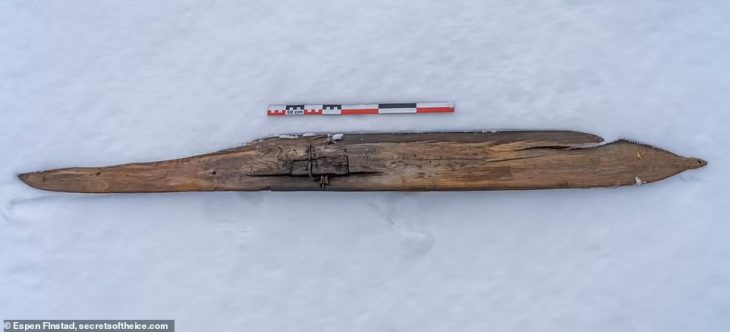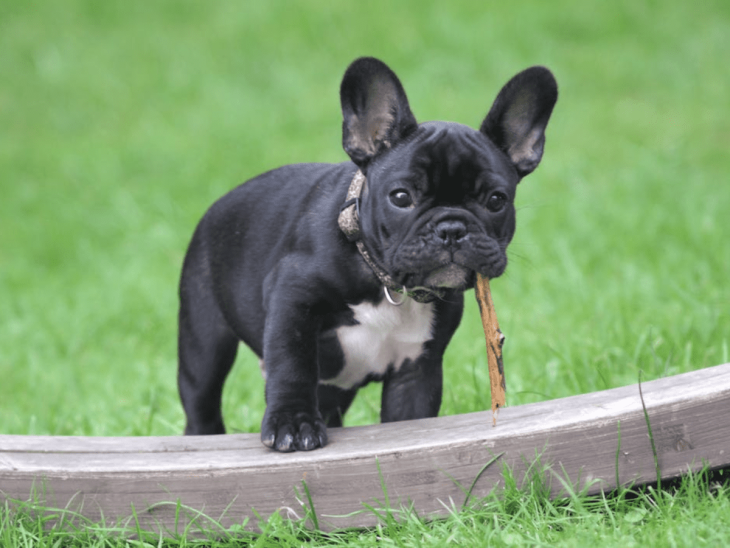A team of researchers led by Dr. Lara Cassidy and Professor Daniel Bradley from Trinity College Dublin has uncovered evidence through ancient DNA analysis that Iron Age individuals buried in Dorset between 100 BC and AD 100 practiced matrilocality, a social structure where couples reside with or near the woman’s family after marriage.
In this social structure, women from a community remain with their family group, or are at least buried alongside them, while taking partners from outside groups. Conversely, men from the same community join another group upon finding a partner. This contrasts with an alternative pattern observed in Early Bronze Age Orkney, known as patrilocality, where men remain in their community and women move into other groups.
Not only did the Trinity team establish that the society in question was matrilocal, they also showed that there was matrilineal descent, which is where women stay in the community and pass their genes on to the next generation.
The researchers capitalized on a rare opportunity to sequence DNA from numerous members of a single community, retrieving over 50 ancient genomes from burial grounds in Dorset, southern England, that were in use before and after the Roman Conquest of AD 43. The findings indicated that this community was organized around bonds of female-line descent.
Dr Lara Cassidy, Assistant Professor in Trinity’s Department of Genetics, led the study that has been published in leading international journal Nature. She said: “This was the cemetery of a large kin group. We reconstructed a family tree with many different branches and found most members traced their maternal lineage back to a single woman, who would have lived centuries before. In contrast, relationships through the father’s line were almost absent.
📣 Our WhatsApp channel is now LIVE! Stay up-to-date with the latest news and updates, just click here to follow us on WhatsApp and never miss a thing!!
The findings indicate that husbands relocated to join their wives’ communities upon marriage, with land potentially being passed down through the female line. This represents the first documentation of such a system in European prehistory, suggesting a pattern of female social and political empowerment. While this arrangement is relatively rare in modern societies, it is possible that it was more common in the past.
Remarkably, the research team discovered that this form of social organization, known as “matrilocality,” was not limited to Dorset. By analyzing data from previous genetic surveys of Iron Age Britain, they observed the same pattern emerging consistently, despite smaller sample sizes from other cemeteries.
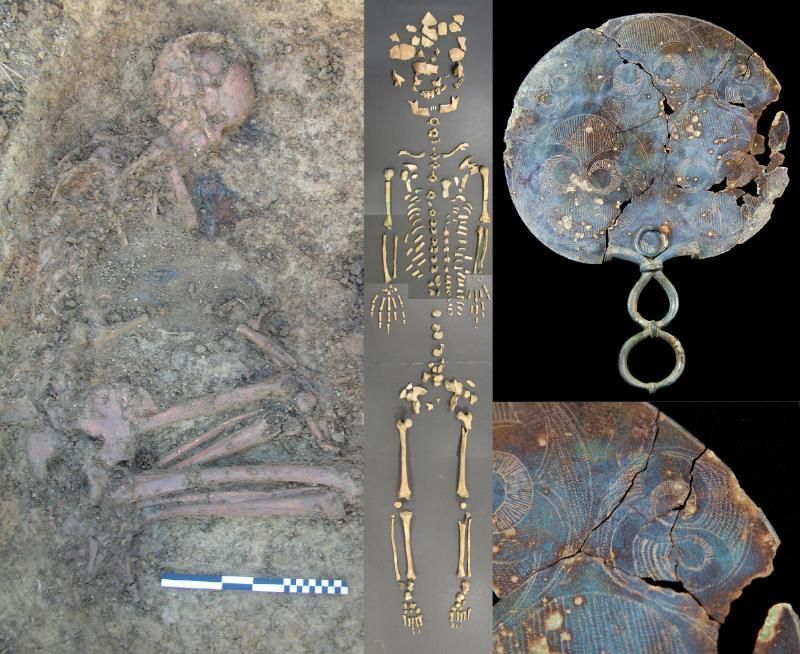
Dan Bradley, Professor of Population Genetics in Trinity’s Department of Genetics and a co-author of the study, noted that cemeteries across Britain revealed a pattern where most individuals were maternally descended from a limited set of female ancestors. For instance, in Yorkshire, a dominant matriline was established before 400 BC. The researchers were surprised to find that this phenomenon was widespread and had deep historical roots on the island.
Iron Age cemeteries with well-preserved burials are rare in Britain, with Dorset being an exception due to the unique burial customs of the people known as the “Durotriges” by the Romans. The research team sampled DNA from a site near Winterborne Kingston, referred to as “Duropolis,” which has been excavated by Bournemouth University since 2009. The team previously observed that the more richly furnished Durotrigan burials were predominantly those of women.
Dr. Miles Russell, the excavation’s director and co-author of the study, remarked that knowledge of Iron Age Britain has largely come from Greek and Roman writers, who are not always deemed reliable sources. However, their accounts of British women are particularly striking in light of these findings. Upon the Romans’ arrival, they were astonished to discover women in positions of power, with two of the earliest recorded rulers being queens—Boudica and Cartimandua—who commanded armies.
While it has been suggested that the Romans may have exaggerated the freedoms of British women to depict an untamed society, both archaeology and genetics indicate that women played influential roles in various aspects of Iron Age life. It is possible that maternal ancestry was a primary factor in shaping group identities during this period.
Anthropologist Dr. Martin Smith, one of the project’s bone specialists, emphasized that the results provide a new perspective on the burials being uncovered by the research team and their students. “Rather than simply seeing a set of skeletons, hidden aspects of these people’s lives and identities come into view as mothers, husbands, daughters and so on. We also see these folk had deep knowledge of their own ancestry – multiple marriages between distant branches of this family occurred and were possibly favoured, but close inbreeding was avoided,” he added.
The researchers, echoing the writings of Julius Caesar, uncovered evidence of Iron Age migration into coastal southern England that had previously gone undetected in genetic studies. This discovery is expected to contribute to ongoing debates regarding the arrival of the Celtic language in Britain.
Dr. Cassidy explained that while migration into Britain during the later Bronze Age has been documented, leading some to hypothesize that the Celtic language arrived during that period, the current findings indicate significant cross-channel mobility during the Iron Age as well. Determining the precise timing of the arrival of Celtic languages will be challenging, and it is quite possible that these languages were introduced to Britain on multiple occasions.
Cassidy, L.M., Russell, M., Smith, M. et al. Continental influx and pervasive matrilocality in Iron Age Britain. Nature 637, 1136–1142 (2025). https://doi.org/10.1038/s41586-024-08409-6
Cover Image Credit: A female researcher, excavating a Late Iron Age Durotriges burial at Winterborne Kingston. Credit: Bournemouth University.

